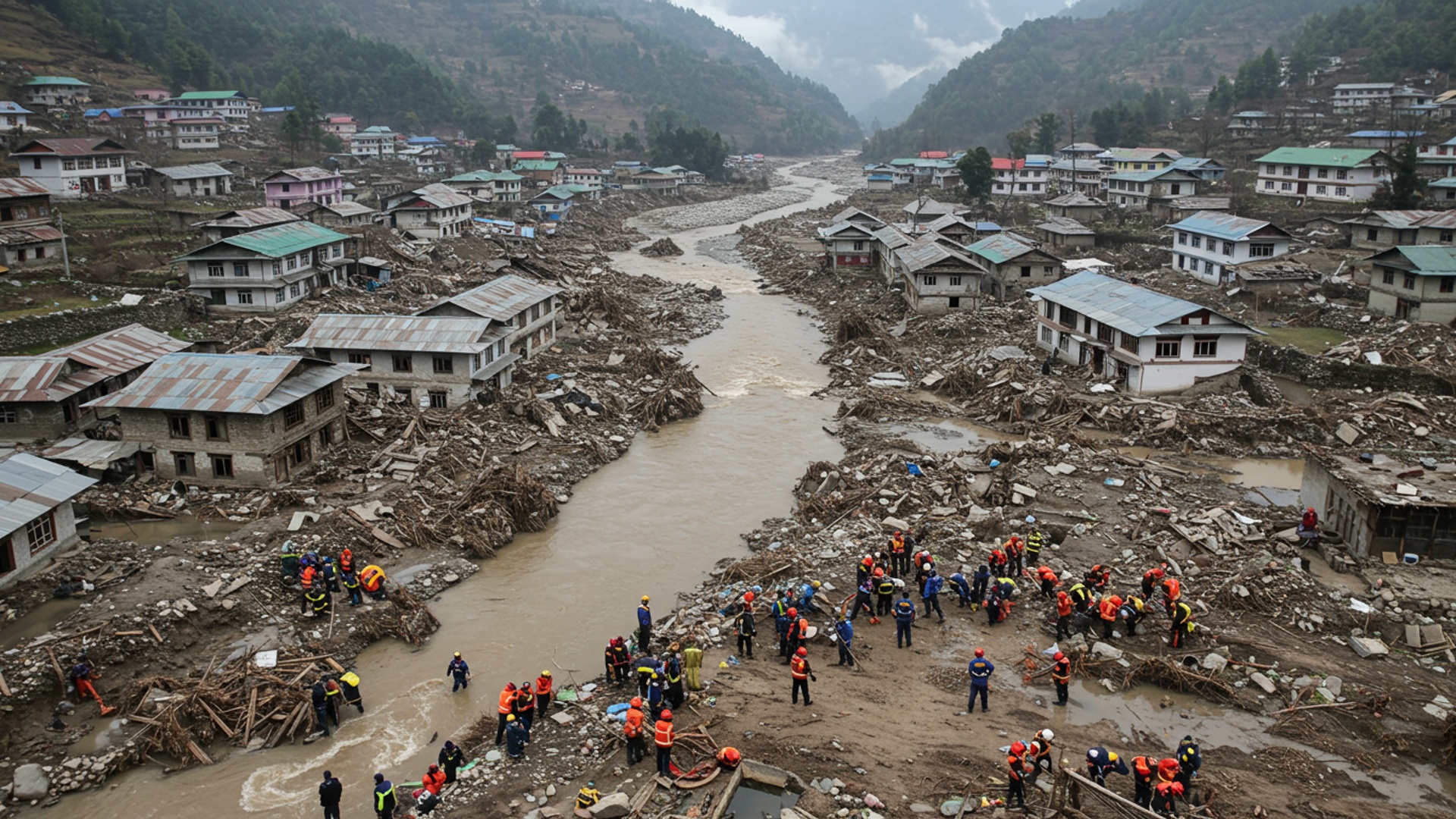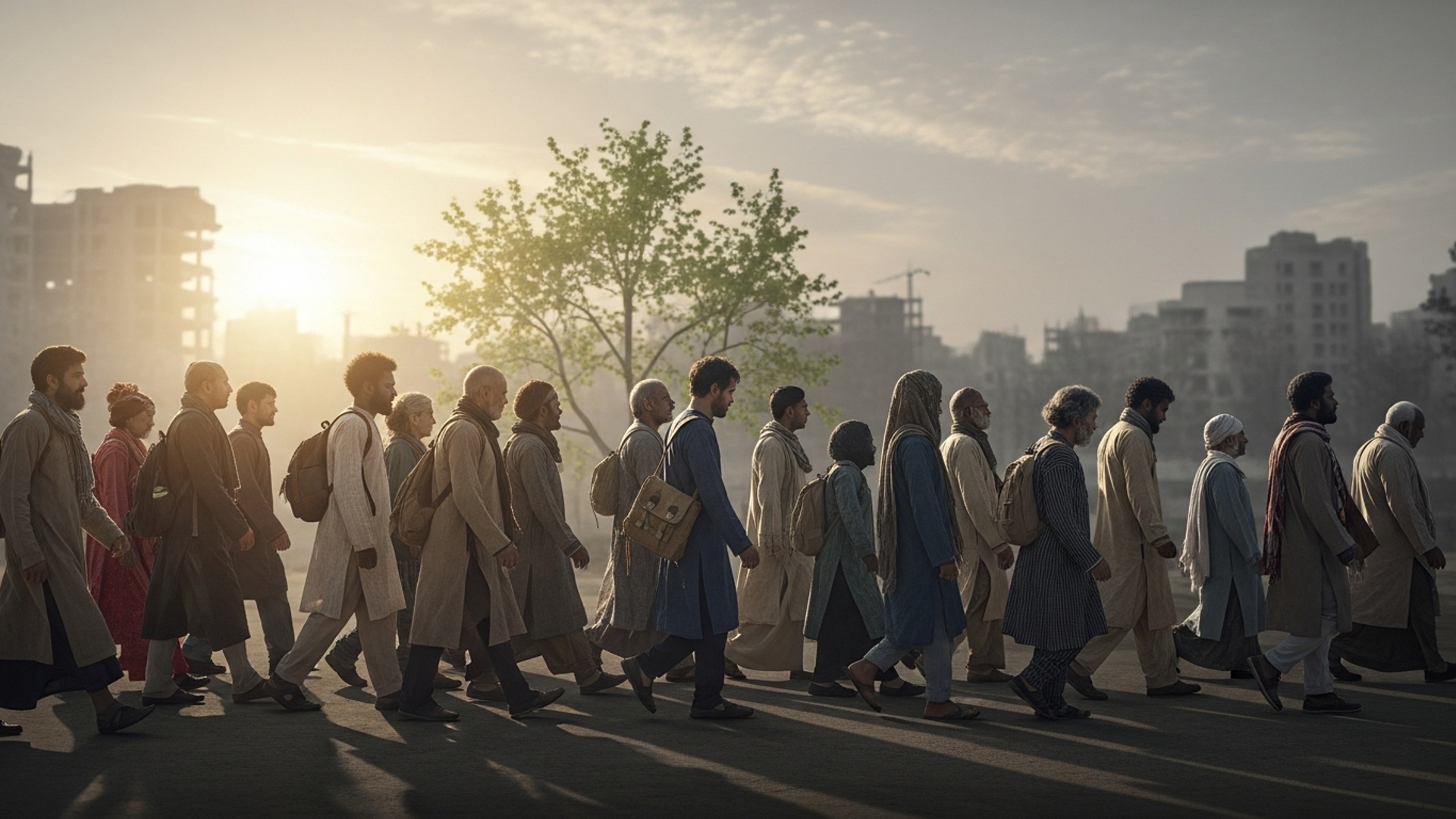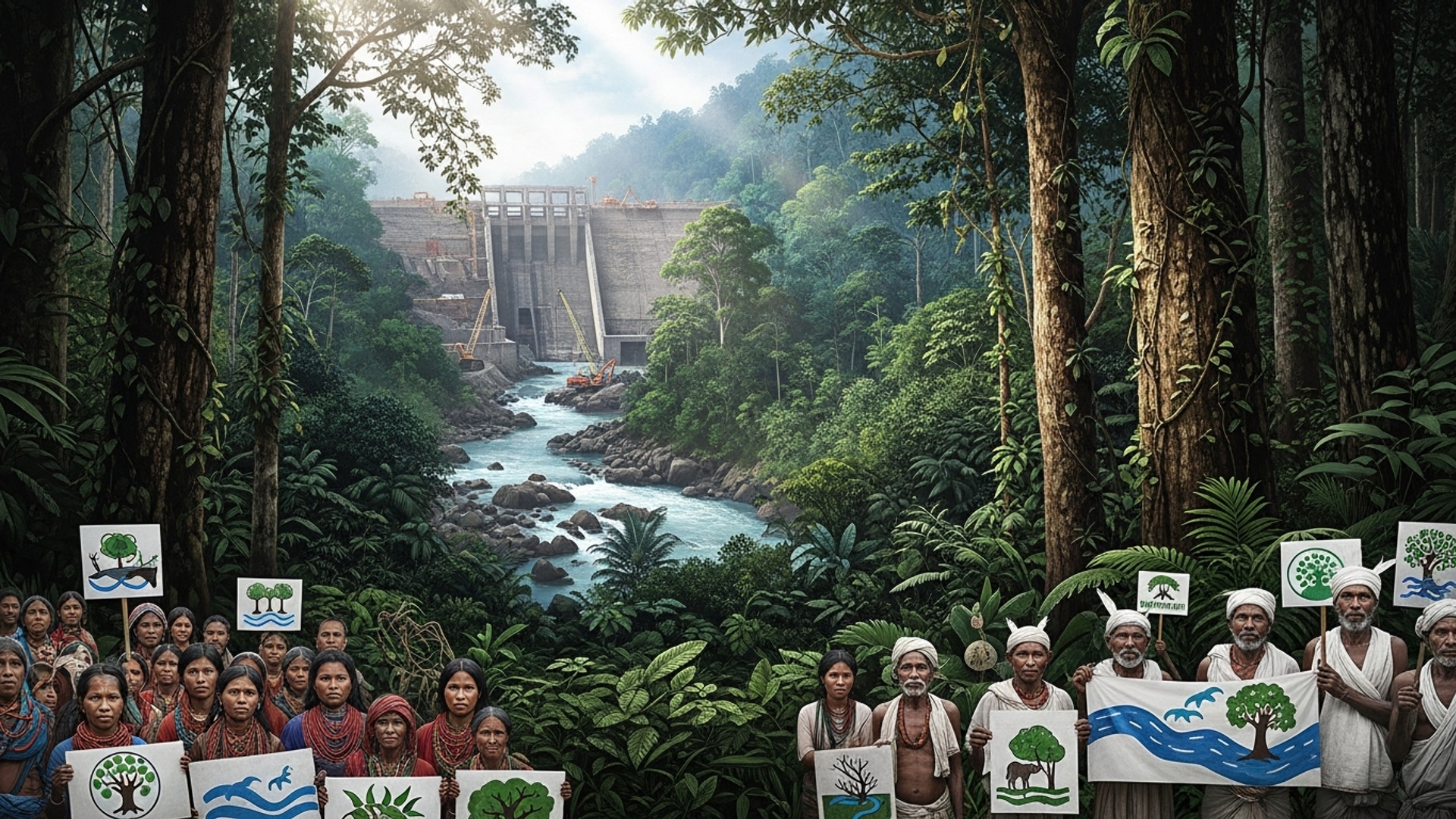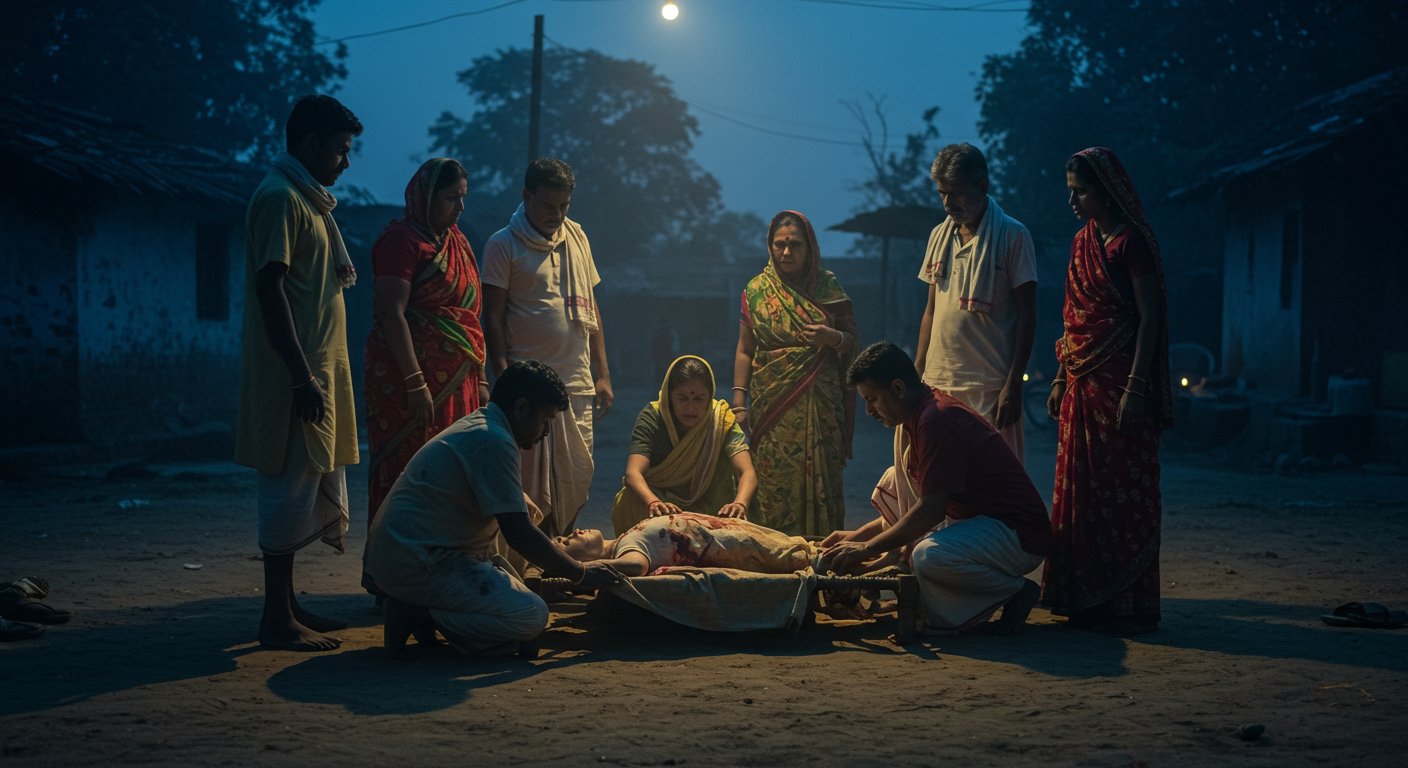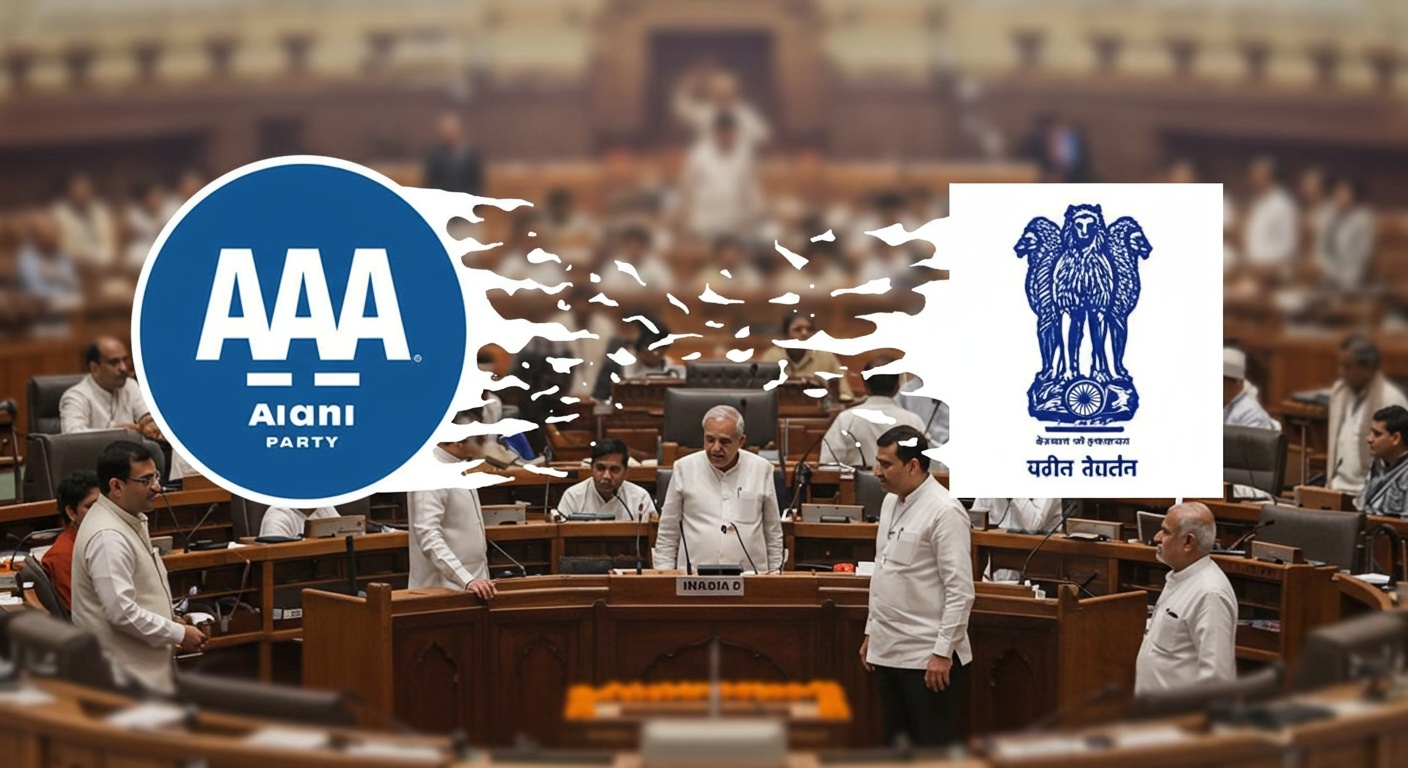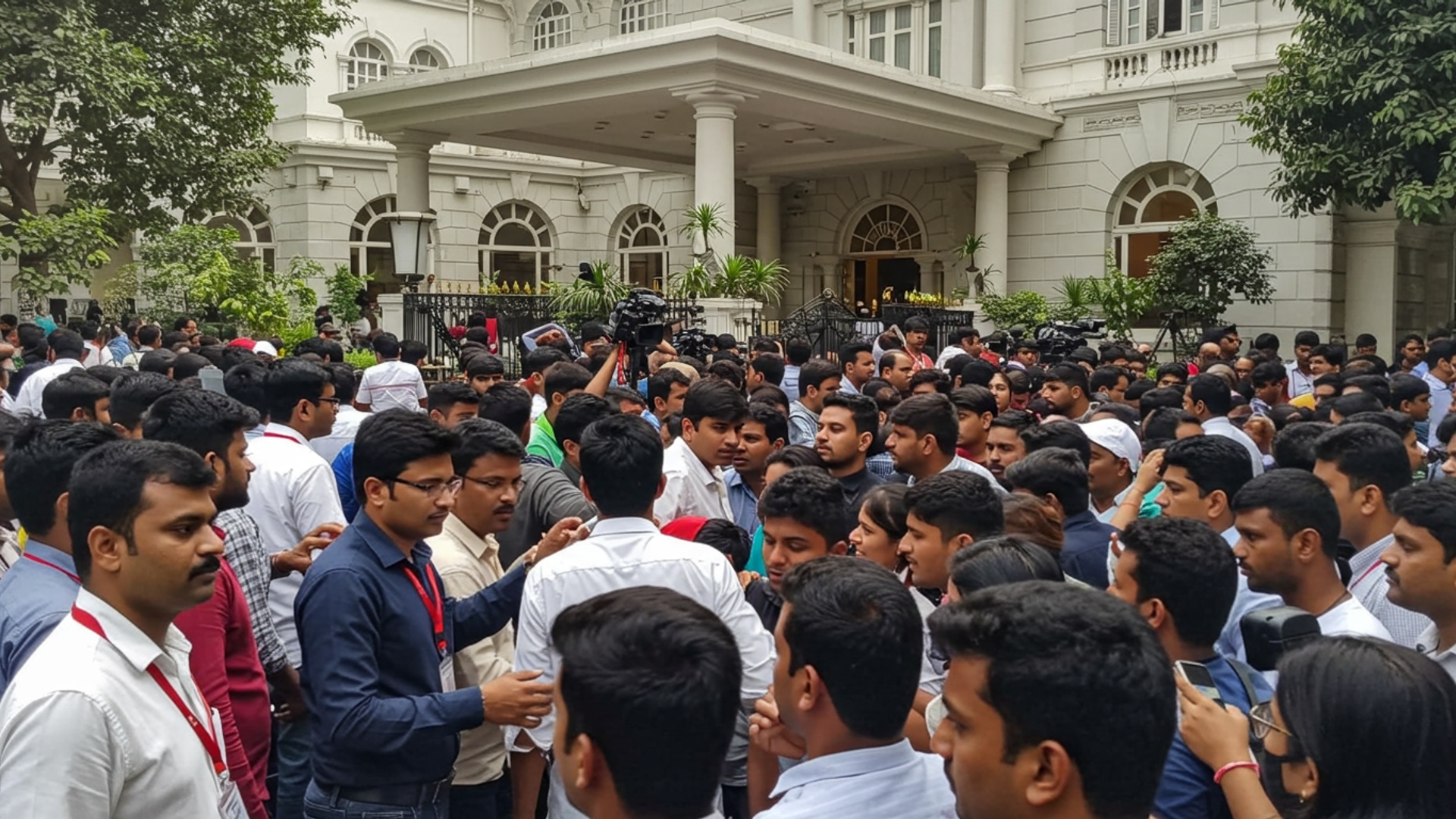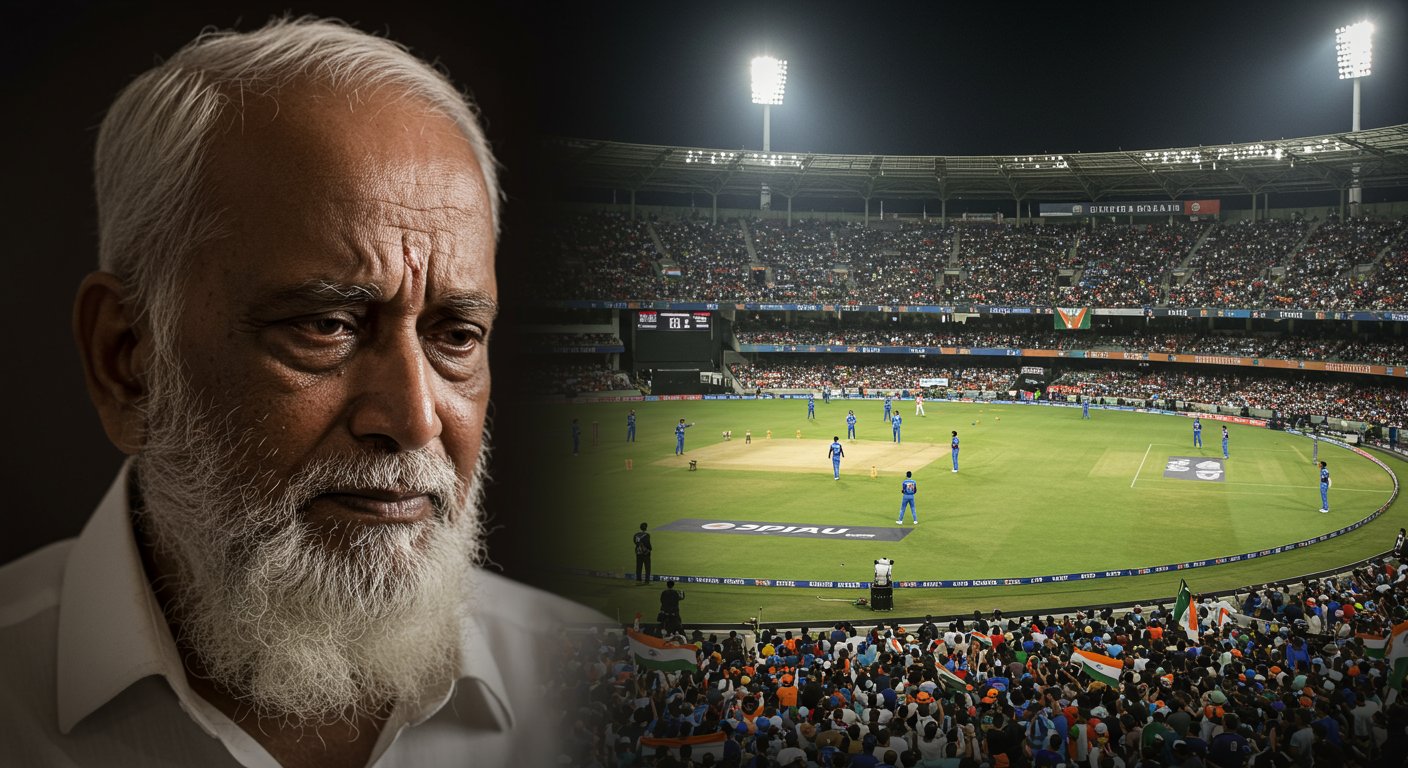Uttarkashi faces a severe crisis as sudden flash floods sweep through the region, leading to intensified rescue operations. Teams are working around the clock to locate and help people stranded by the powerful currents and mudslides. Concerns are rapidly rising for those still missing amidst the challenging conditions. Heavy, continuous rains continue to make the search efforts difficult and dangerous. The focus remains on saving lives as water levels show no signs of easing, leaving many trapped in isolated areas and desperate for help.
Understanding the Disaster
On August 5, 2025, a sudden and powerful flash flood struck Dharali, a village in Uttarkashi district, Uttarakhand. The disaster, which experts initially linked to a cloudburst and the swelling of the Himalayan stream Kheer Gad, caused widespread destruction. The wall of water and debris engulfed Dharali village within seconds, sweeping away a large part of the community. Initial reports confirmed at least four fatalities, with unofficial estimates suggesting more. over 100 people feared missing, including some Indian Army personnel.
The sudden rush of water and mud destroyed numerous buildings, including approximately 20 to 30 houses, shops, hotels. homestays. Roads were washed away. local markets were ruined. The impact was especially severe in Dharali, which lies on the pilgrim route to the Gangotri shrine, affecting both local residents and many tourists in the area.
A second cloudburst was reported later the same day in the Sukhi Top area near Dharali, which made the situation worse with more flash flooding and debris. The disaster left parts of the region buried under up to 25 feet of mud and debris.
Efforts to Save People
Following the disaster, rescue operations were immediately intensified with multiple agencies joining forces. Teams from the National Disaster Response Force (NDRF), State Disaster Response Force (SDRF), Indian Army, Indo-Tibetan Border Police (ITBP). local administration were deployed to the affected areas. Over 225 Army personnel, including infantry and engineering teams, have been working round the clock on search, rescue. relief missions.
These teams used various methods to find and help those caught in the flood. Helicopters were used for air rescue operations, especially to help people stuck in Dharali and Harsil. By August 12, 2025, over 1,278 people, including tourists and people from other states, had been taken to safety.
Special equipment like Ground Penetrating Radars (GPR) were brought in by experts from the National Geophysical Research Institute (NGRI) to help find the 66 people, including 24 Nepali workers, who were reported missing under the mud and debris. Search and rescue dogs were also used. more were sent to help in Harsil.
The Indian Army also set up seven teams with Recco Radars near Tekla to find people buried in the debris. Despite the difficult conditions, the Indian Air Force also prepared helicopters, including Mi-17, ALH Mk-III, An-32s. C-295s, to bring in relief materials and help with airlifts once the weather allowed.
Challenges in the Rescue Work
Rescue efforts have faced many difficulties due to the challenging mountain terrain and ongoing heavy monsoon rains. Roads and bridges connecting affected areas, such as the National Highway 34 between Uttarkashi and Gangotri, were severely damaged or washed away, making it hard to reach victims and deliver help. A 100-foot bridge near Gangnani, which was crucial for accessing Dharali, was also swept away, preventing heavy machinery from reaching the village.
Continuous rainfall has also hampered air operations, forcing helicopters to be grounded. Power outages and poor mobile network connectivity in many areas have further complicated coordination and communication for rescue teams.
In response to these challenges, army engineers and other agencies have been working to build Bailey bridges to restore road links. For example, a 90-foot Bailey bridge was built along the Gangotri National Highway to bring back connectivity. The bridge linking Uttarkashi to Harsil has also been rebuilt to ensure machines and relief goods can move smoothly to Dharali and Harsil villages.
Another risk identified by authorities is a temporary lake, about 400-500 meters long, that formed near Harsil. Teams are working under the National Disaster Management Authority (NDMA) to drain this lake in a controlled way to prevent further floods downstream.
Local Voices and Experiences
The flash floods have left many residents in deep distress, losing their homes, businesses. belongings. Locals have spoken of the horror as the wall of water and debris crashed through their village. Some recounted hearing shouts for help before communication lines went dead.
The devastation has led to feelings of helplessness among those directly affected. Many families of missing persons are waiting for news of their loved ones. Some expressed concern that evacuating tourists from pilgrimage sites like Gangotri might have taken priority, leaving local villagers feeling overlooked.
For many, the disaster means starting over from scratch, with their homes and shops completely destroyed. The incident highlights the severe impact on the daily lives and livelihoods of the people living in these mountain areas.
Government Action and Support
The government has responded swiftly to the disaster. Uttarakhand Chief Minister Pushkar Singh Dhami immediately went to the affected areas, including Dharali village, to assess the situation. He held meetings with disaster management teams at the State Emergency Operations Centre (EOC) to oversee rescue and relief efforts.
The Uttarakhand government has approved 20 crore rupees from the State Disaster Response Fund to support the ongoing rescue and relief operations. Financial assistance of 5 lakh rupees has also been announced for affected families.
Prime Minister Narendra Modi spoke with Chief Minister Dhami to comprehend the situation and promised all necessary help from the central government. Union Home Minister Amit Shah also assured full assistance and sent seven rescue teams, including three from the ITBP and four from the NDRF.
Authorities have also taken steps like asking schools to remain closed in several districts and setting up relief camps. Efforts are also being made to restore essential services like electricity and mobile networks.
Reasons for Vulnerability
Uttarkashi, like much of Uttarakhand, is highly vulnerable to such natural disasters due to a combination of its geography, the effects of climate change. certain development practices. The state lies in the young Himalayan mountain range, which is still active and naturally unstable.
Heavy rainfall, especially intense downpours known as cloudbursts, is common during the monsoon season. The India Meteorological Department (IMD) often issues warnings for heavy rainfall in the region. But, experts note that not all cloudbursts lead to flash floods. sometimes even moderate rain can cause such devastation.
Climate change is making the region even more prone to disasters. Rising temperatures are causing glaciers to melt faster, which can change river flows and increase the chances of glacial lake outburst floods (GLOFs), flash floods. landslides. Data shows a significant increase in landslides in Uttarakhand, with over 1,100 occurring in 2023 alone.
Concerns have also been raised about rapid construction and development activities over the past two decades. Some settlements have been built on debris-flow fans, which makes the impact of floods worse. Plans for widening National Highway 34, which involves cutting thousands of deodar trees, also raise worries about increased landslide risks. Experts stress the importance of balancing development with care for the environment to avoid future ecological disasters.
![]()
